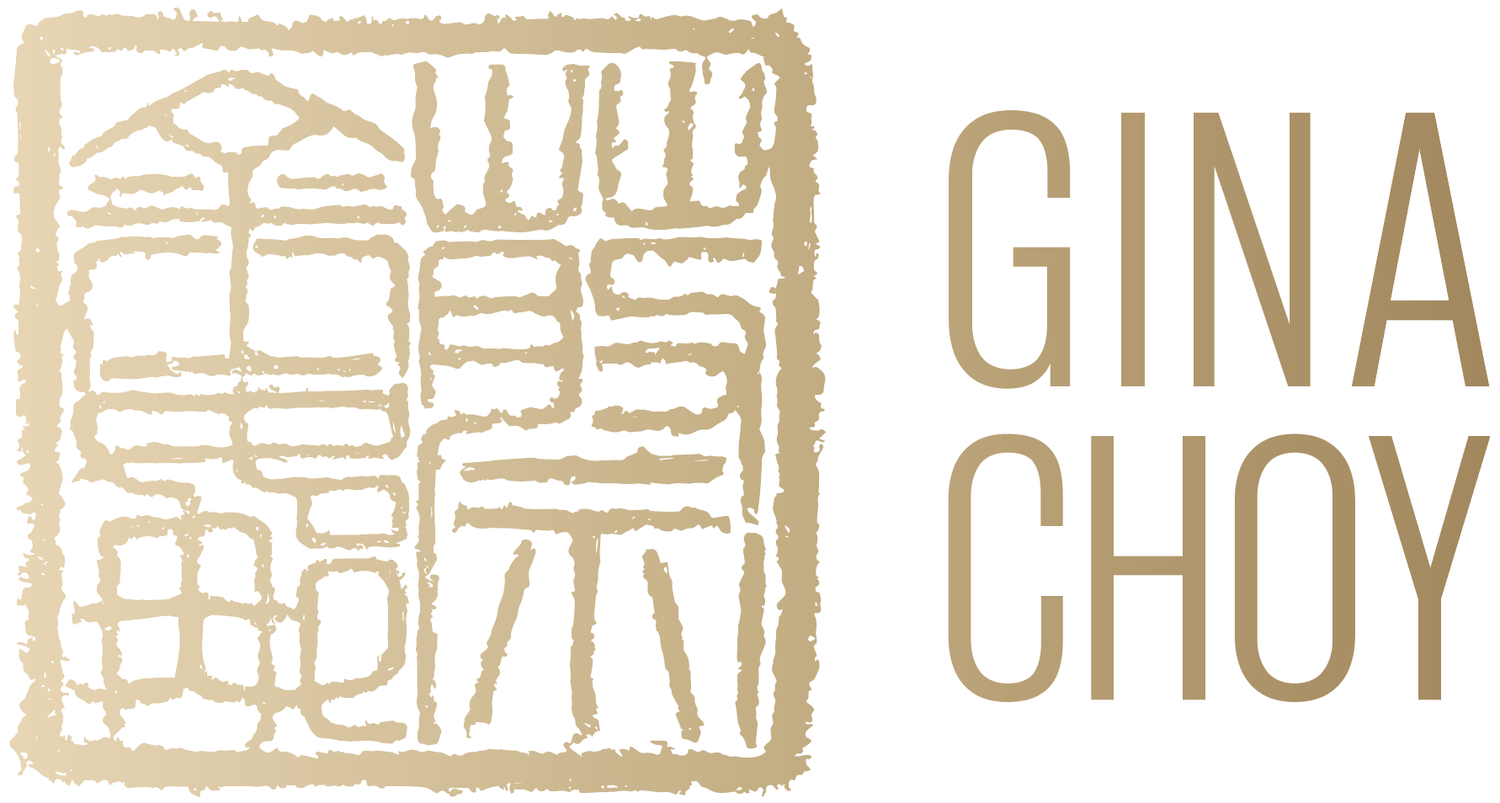Gina Choy: Systems-Based Artist, Creative Technologist, and Researcher
Gina Choy’s artistic practice spans over a decade of inquiry and creation, grounded in the traditions of Chinese painting, emerging technologies, and systems-based thinking. Her work operates at the dynamic intersection of fine art, algorithmic methodologies, and creative technology, forging connections between ancient philosophies and cutting-edge innovations. Through her multifaceted career as an artist, researcher, and educator, Choy has cultivated an enduring dialogue between tradition and experimentation, human intuition and machine intelligence.
Choy’s journey began with a foundation in fine art and an academic focus that laid the groundwork for her systems-based practice. After earning her Bachelor of Visual Art in Painting from Griffith University in 1999, she embarked on an extensive exploration of traditional Chinese painting techniques and their underlying philosophies. Her studies culminated in an Honours degree in Art and Design from the University of Canberra in 2017, where she examined the sublime in Chinese landscape painting. Currently pursuing a PhD at the University of Queensland, her research delves deeper into the neuroscience of perception and the philosophical underpinnings of Chinese painting, expanding her inquiry into how visual art influences cognition, emotion, and human experience.
At the heart of Choy’s painting practice lies an algorithmic, rule-based system derived from the enduring methodologies of traditional Chinese painting. Before creating each work, Choy establishes a clear framework based on principles perpetuated and refined over centuries. This framework is informed by ancient Chinese painter-critics who documented the techniques, aesthetics, and philosophical essence of their art. By working with translations of these historical texts, Choy adheres to a set of fixed rules while allowing room for methodological variation, ensuring a balance between structure and spontaneity.
Choy’s painterly works are defined by the two foundational characteristics of Chinese painting: ink wash and calligraphic strokes. These strokes, rooted in ancient observations of nature, are understood as primordial algorithms capable of expressing all phenomena in the natural world. Choy extends this traditional understanding by using these strokes not to replicate forms but to explore the systems and structures that underlie her compositions. Her large-scale, abstract, and immersive paintings draw viewers into a space where material and gesture become a vocabulary for expressing cosmic truths (li) and expanding perceptions of reality.
This systems-based approach transforms the act of painting into a collaborative dialogue between the artist, her materials, and the methodologies she employs. The process becomes a meditation on how art reveals truths beyond the literal, shifting the focus from personal expression to a universal exploration of structure, form, and meaning. By engaging with the physical and metaphysical, Choy’s work translates human experience into a visual language that invites contemplation and awe, embodying a timeless search for understanding.
Choy’s evolution as an artist has also embraced the transformative possibilities of creative technology. Since 2021, Gina Choy has been leveraging blockchain technology to mint her artwork as NFTs, ensuring authenticity, provenance, and digital ownership for collectors. By utilizing decentralized platforms, she transforms her pieces into verifiable digital assets, allowing them to be securely bought, sold, and traded. This approach not only expands the accessibility of her work but also aligns with the evolving landscape of digital art and innovation.
In 2022, Choy began collaborating with artificial intelligence and generative technologies to create groundbreaking digital art and fine art animations. Her debut collection, Xie Hua (写畫), consisted of 36 unique digital iterations minted as NFTs on the Ethereum blockchain. This collection quickly resonated with international audiences, with works acquired by 26 collectors and generating 4.451 ETH in sales. The success of this series marked Choy as a pioneer in integrating AI-driven processes with fine art traditions.
Her subsequent collection, INDIGO DAZE, further expanded her digital practice, exploring the sensory aesthetics of the ocean through 47 AI-assisted works owned by 33 collectors worldwide. In 2024, Choy transitioned into fine art animation with her series Xiě Dòng Huà (寫動畫), created using RunwayML. Launched in collaboration with Milan-based Gallery NINFA, the collection achieved exceptional success, selling 22 of its 24 works within 24 hours. Eleven pieces from this series were later exhibited on a monumental 11x8 meter screen at Neal Digital Gallery in Beijing, showcasing her ability to scale her work across diverse formats and contexts.
Choy’s digital practice embodies a seamless oscillation between human intuition and technological innovation. By leveraging AI as a collaborator, she explores how emerging technologies can enhance creative processes and expand the boundaries of artistic expression. Her work engages deeply with the philosophical and aesthetic questions that arise when art and technology converge, positioning her as a thought leader in this rapidly evolving field.
As both a painter and a creative technologist, Choy’s interdisciplinary practice reflects her commitment to bridging tradition and innovation. Her work is deeply informed by her academic background, which includes teaching Art and Design at the University of Canberra and publishing two books under her maiden name, Georgina Hooper. These experiences have honed her ability to synthesize complex ideas and communicate them effectively, both through her art and scholarly contributions.
Choy’s work has been exhibited widely, both physically and digitally, in venues ranging from NFT Liverpool and Art Basel Miami to traditional galleries in Seoul, Beijing, and Australia. Her projects often transcend geographic boundaries, engaging audiences through immersive, multi-sensory experiences that reimagine the possibilities of art in the digital age. Her work is held by diverse collectors, including the Arab Bank of Switzerland, and is featured in a 100-year ceiling installation in a Buddhist temple in Japan. This global reach underscores her belief in art’s potential to connect people and ideas across cultures, fostering dialogue and collaboration on an international scale.
